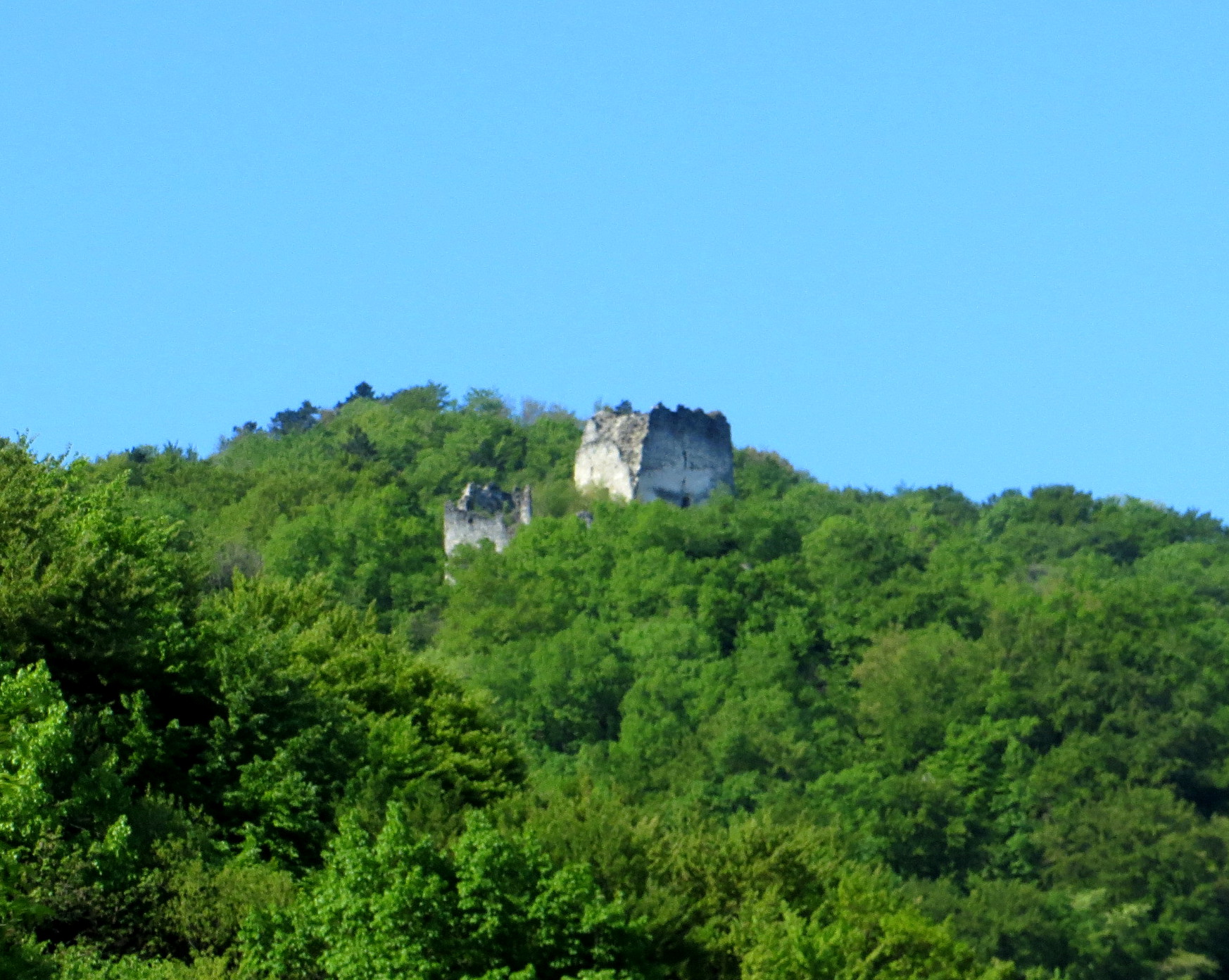Kunšperk on:
[Wikipedia]
[Google]
[Amazon]
Kunšperk (; german: Königsberg''Leksikon občin kraljestev in dežel zastopanih v državnem zboru,'' vol. 4: ''Štajersko''. 1904. Vienna: C. Kr. Dvorna in Državna Tiskarna, p. 14.Snoj, Marko. 2009. ''Etimološki slovar slovenskih zemljepisnih imen''. Ljubljana: Modrijan and Založba ZRC, p. 220.) is a settlement on the right bank of the Sotla River in the
 The ruins of Kunšperk Castle (german: Königsberg) can still be seen on a steep hill south of the settlement. It was a Romanesque castle surrounded by defence walls built in the 12th century with later additions (a
The ruins of Kunšperk Castle (german: Königsberg) can still be seen on a steep hill south of the settlement. It was a Romanesque castle surrounded by defence walls built in the 12th century with later additions (a Slovenian Ministry of Culture register of national heritage
reference numbers 4624
Kunšperk on Geopedia
Populated places in the Municipality of Bistrica ob Sotli {{BistricaobSotli-geo-stub
Municipality of Bistrica ob Sotli
The Municipality of Bistrica ob Sotli (; sl, Občina Bistrica ob Sotli) is a municipality in eastern Slovenia. It has been an independent municipality since 1999; before, it was part of the Municipality of Podčetrtek. The seat of the municipali ...
in eastern Slovenia
Slovenia ( ; sl, Slovenija ), officially the Republic of Slovenia (Slovene: , abbr.: ''RS''), is a country in Central Europe. It is bordered by Italy to the west, Austria to the north, Hungary to the northeast, Croatia to the southeast, an ...
. The area is part of the traditional region of Styria. It is now included in the Lower Sava Statistical Region
The Lower Sava Statistical Region ( sl, Posavska statistična regija; until December 31, 2014 ) is a statistical region in Slovenia. It has good traffic accessibility and is located in the Sava and Krka Valleys, with hilly areas with vineyards and ...
; until January 2014 it was part of the Savinja Statistical Region
The Savinja Statistical Region ( sl, Savinjska statistična regija) is a statistical region in Slovenia. The largest town in the region is Celje. It is named after the Savinja River. The region is very diverse in natural geography; it mainly c ...
.
Name
Kunšperk was first attested in written sources as ''Chuongisperch'' in 1167 (and as ''Chunigesperch'' in 1178 and ''Küngesberc'' in 1227). The name originally referred to the castle above the settlement. Until 1918, the settlement was officially known as ''Königsberg'' (literally, 'king's mountain') in German. The name was borrowed from BavarianMiddle High German
Middle High German (MHG; german: Mittelhochdeutsch (Mhd.)) is the term for the form of German spoken in the High Middle Ages. It is conventionally dated between 1050 and 1350, developing from Old High German and into Early New High German. Hig ...
into Slovene as *''Kun(i)gšperk'' and then simplified to ''Kunšperk''.
History
Kunšperk developed as a typical market town below Kunšperk Castle. It was managed by the lords of Kunšperk until 1395. A defensive tower had been built in the town by 1368. Kunšperk was mentioned as having the right to a weekly fair in the 16th century. The architecture of the town today showsClassicist
Classics or classical studies is the study of classical antiquity. In the Western world, classics traditionally refers to the study of Classical Greek and Roman literature and their related original languages, Ancient Greek and Latin. Classics ...
and Biedermeier features, as well as the work of local 18th- and 19th-century stone cutters.Savnik, Roman, ed. 1976. ''Krajevni leksikon Slovenije'', vol. 3. Ljubljana: Državna založba Slovenije. pp. 373–374.
Churches
A church dedicated to Saint James stood in the town by 1490. Saint James' Church was abandoned under the rule ofJoseph II
Joseph II (German: Josef Benedikt Anton Michael Adam; English: ''Joseph Benedict Anthony Michael Adam''; 13 March 1741 – 20 February 1790) was Holy Roman Emperor from August 1765 and sole ruler of the Habsburg lands from November 29, 1780 un ...
and demolished, and a blacksmith's workshop was built in its place.
The parish church, dedicated to Saint Peter, formerly stood outside the town in the hamlet of Leskovec. During the Ottoman wars in Europe the church was converted into a strong fortification, causing the market town to gravitate toward it.
A third church, dedicated to Saint Catherine, stood in the settlement above Orešje na Bizeljskem near Kunšperk Castle. It was first mentioned in 1545, but was in ruins by the end of the 18th century.
Kunšperk Castle
Gothic
Gothic or Gothics may refer to:
People and languages
*Goths or Gothic people, the ethnonym of a group of East Germanic tribes
**Gothic language, an extinct East Germanic language spoken by the Goths
**Crimean Gothic, the Gothic language spoken b ...
chapel
A chapel is a Christian place of prayer and worship that is usually relatively small. The term has several meanings. Firstly, smaller spaces inside a church that have their own altar are often called chapels; the Lady chapel is a common ty ...
and Renaissance fortifications). It was abandoned in the 17th century.reference numbers 4624
References
External links
*Kunšperk on Geopedia
Populated places in the Municipality of Bistrica ob Sotli {{BistricaobSotli-geo-stub